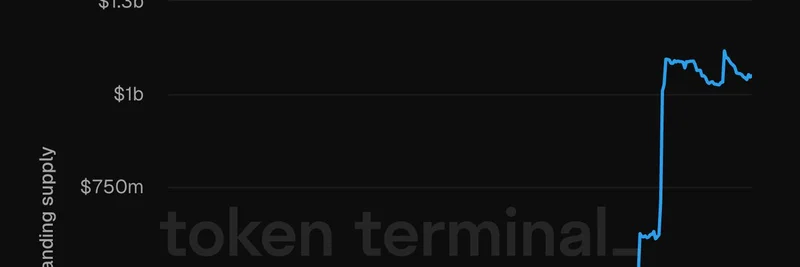In the fast-paced world of decentralized finance (DeFi), opinions and best practices evolve quickly. A recent tweet from mst at Raydium highlights a key shift: the realization that spot market prices of wrapped assets shouldn't be the ultimate authority for triggering liquidations. This comes as a relief to early adopters who faced backlash for pushing this idea.
래핑된 자산과 청산 이해하기
First, let's break it down. Wrapped assets are essentially tokenized versions of other cryptocurrencies or tokens, designed to make them compatible across different blockchains or protocols. Examples include Liquid Staking Tokens (LSTs) like mSOL on Solana, which represent staked SOL while allowing liquidity, or USDe, Ethena's synthetic dollar stablecoin.
Liquidations happen in lending protocols when a borrower's collateral value drops below a certain threshold, risking the lender's funds. To prevent losses, the protocol sells off the collateral. The big question is: how do you accurately value that collateral?
Traditionally, some protocols might look at the spot price—the current trading price on decentralized exchanges (DEXes) like Raydium. But as the tweet points out, this can be problematic. Spot prices can be volatile or even manipulated in low-liquidity pools, leading to unfair or premature liquidations.
0xRooter와 Solend의 배경 이야기
The tweet gives a shoutout to operators like @0xrooter, the founder of Solend (now rebranded to Save Finance), a prominent lending protocol on Solana. Back in the day, 0xrooter and his team advocated for using more reliable metrics, such as oracle prices or the underlying redeemable value of the asset, instead of spot prices. This approach aimed to protect users from market manipulations.
However, this stance drew criticism. Critics argued it deviated from "pure" market-driven mechanisms, potentially introducing centralization risks through oracles. Despite the hate, as noted in various crypto discussions, it's now gaining traction as consensus in the community.
밈 토큰 애호가에게 왜 중요한가
At Meme Insider, we're all about meme tokens, but DeFi mechanics like this directly impact the broader ecosystem where memes thrive—especially on Solana, home to viral projects launched via Raydium. If you're trading or holding meme tokens as collateral in lending protocols, understanding liquidation triggers can mean the difference between keeping your position or facing a forced sell-off.
Imagine using an LST backed by a meme-related yield farm as collateral. A temporary dip in its spot price due to low liquidity could wipe you out, even if the underlying value is solid. Shifting away from spot prices promotes fairness and stability, making DeFi more accessible for meme creators and traders.
앞으로의 길
This evolving consensus reflects DeFi's maturation. Protocols are increasingly adopting hybrid valuation methods, combining oracles like those from Pyth Network with spot data for robustness. It's a win for risk management and user protection.
As blockchain practitioners, staying informed on these nuances helps you navigate the trenches. Whether you're building on Solana or just memeing around, remember: not all prices are created equal. Kudos to pioneers like 0xrooter for weathering the storm—it's paving the way for a more resilient crypto landscape.

